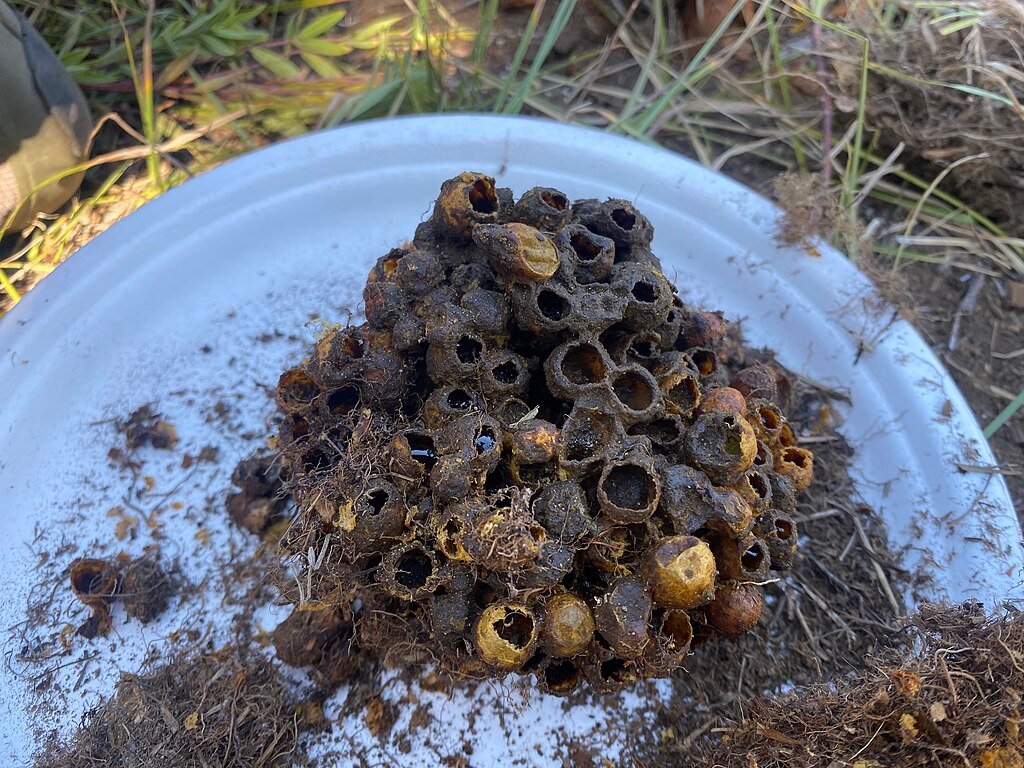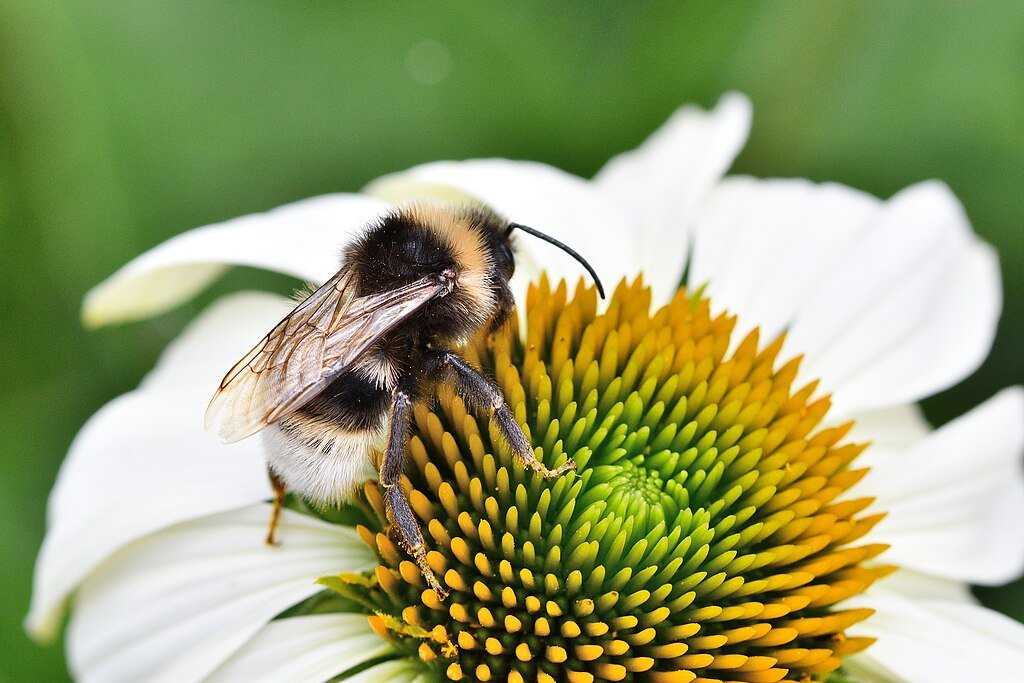Bumblebee colonies face numerous threats, including parasitic infestations by the bumblebee wax moth (Aphomia sociella). Recent research highlights how physical distance from honeybee apiaries can significantly reduce infestation rates, offering a natural form of protection for these vital pollinators. This discovery underscores the strategic hive placement in safeguarding bumblebee populations.
The Threat of Bumblebee Wax Moths

Wax moths are parasitic insects that target bumblebee nests to lay their eggs. Their larvae consume wax cells, pollen, nectar, and even living host larvae, causing severe damage to colonies. Heavy infestations can lead to colony collapse or abandonment, posing a serious risk to bumblebee populations already under stress from habitat loss and climate change.
The Role of Social Distancing
A recent study reveals that bumblebee colonies located farther from honeybee apiaries experience lower infestation rates. Researchers placed 25 boxed bumblebee colonies at varying distances (0-600 meters) from six apiaries in Latvia. Colonies closer to apiaries showed weaker immune responses and reduced reproductive output, highlighting the protective effect of physical distance.
Implications for Conservation
The findings emphasize the need for strategic hive placement to protect bumblebee colonies. By maintaining adequate distance between honeybee and bumblebee hives, beekeepers can reduce the risk of parasite spillover and support the health and productivity of bumblebee populations. This approach is particularly important given the global decline of pollinators.
Future Research Directions

Further studies aim to explore the long-term effects of hive spacing on bumblebee health and productivity. Researchers are also investigating additional factors, such as habitat quality and pesticide exposure, that influence bumblebee resilience against parasites.
Conclusion
Social distancing between bumblebee colonies and honeybee apiaries offers a simple yet effective strategy to combat wax moth infestations. By implementing these findings, beekeepers and conservationists can help ensure the survival of bumblebee populations, preserving their essential role in pollination and ecosystem health.
Source:





